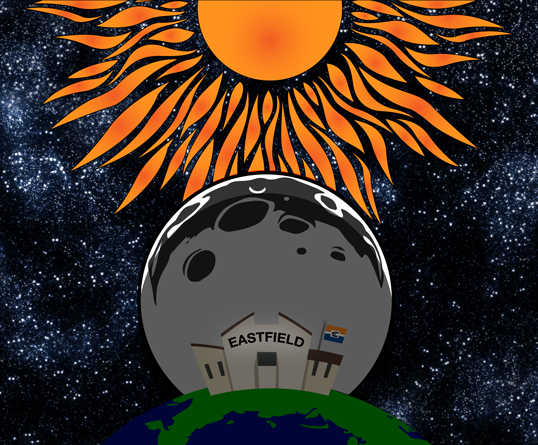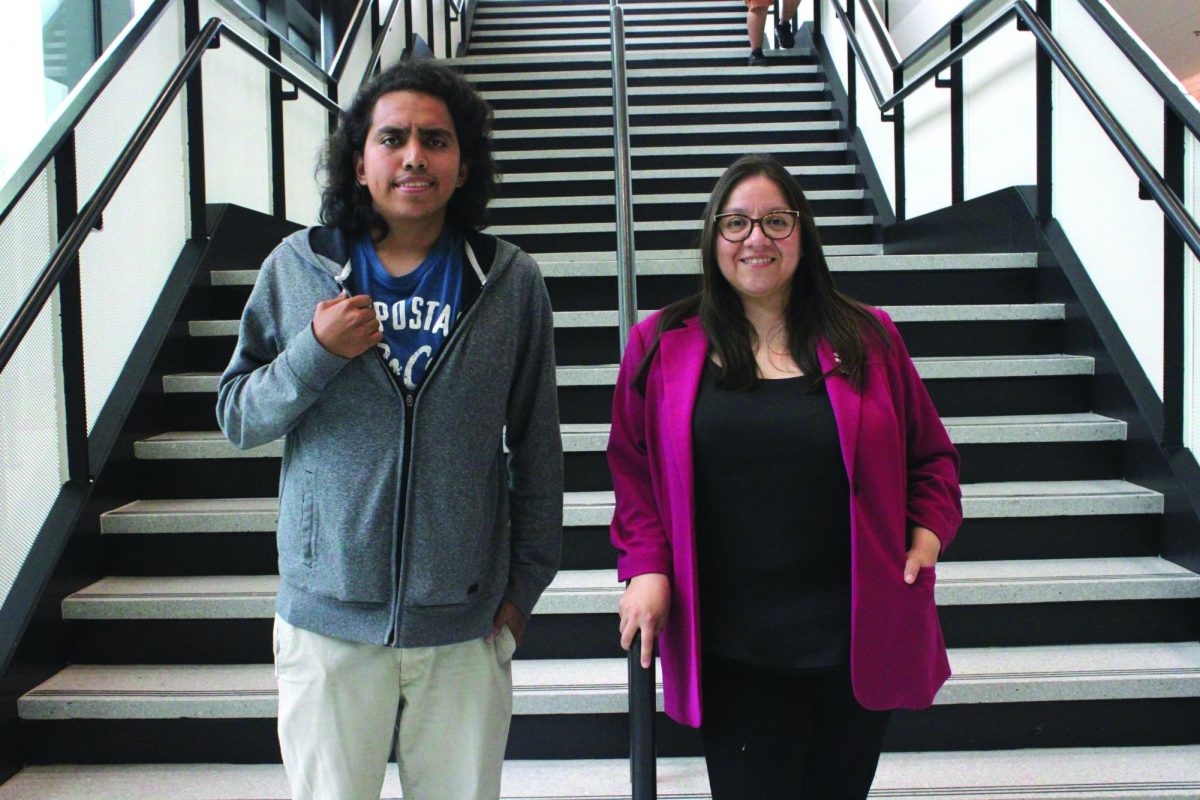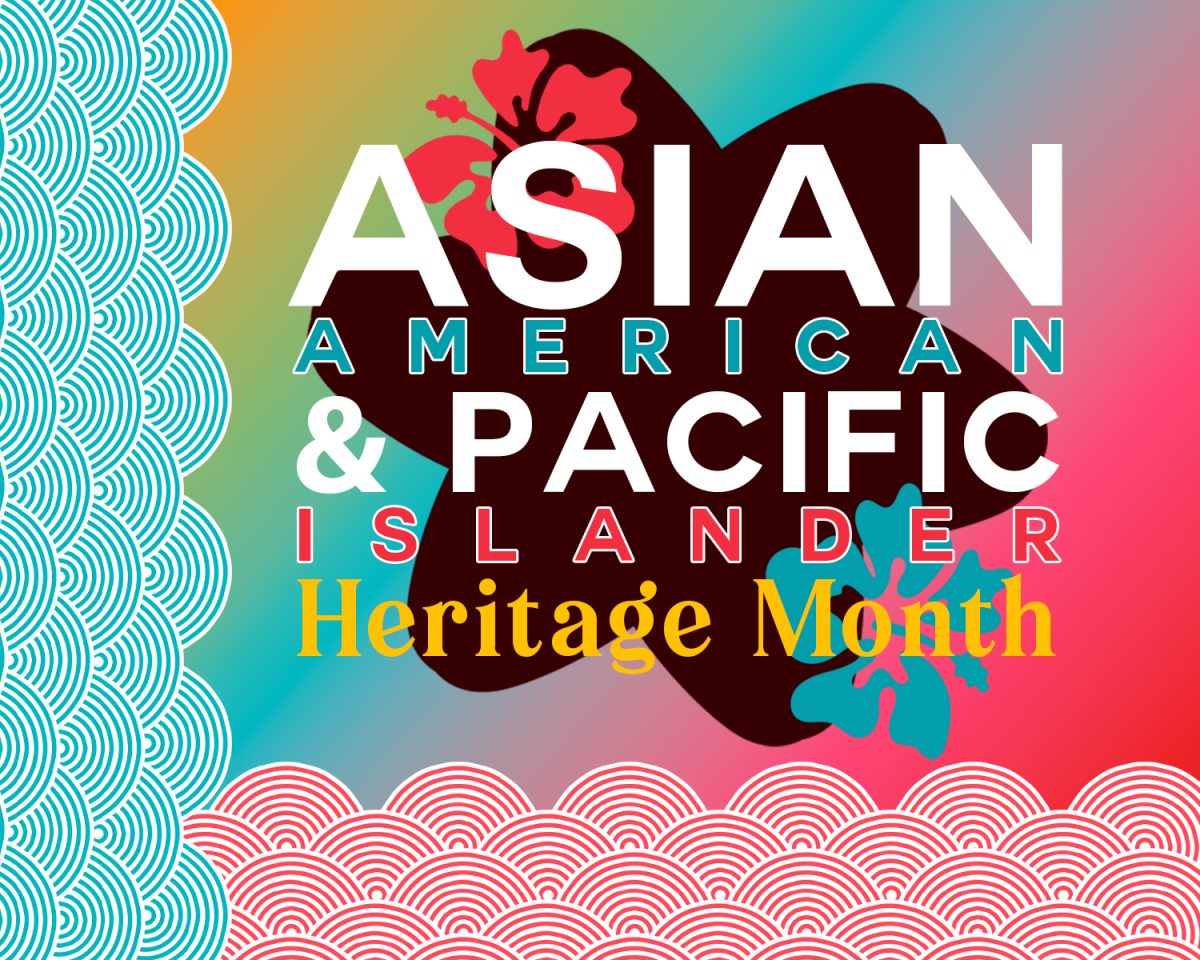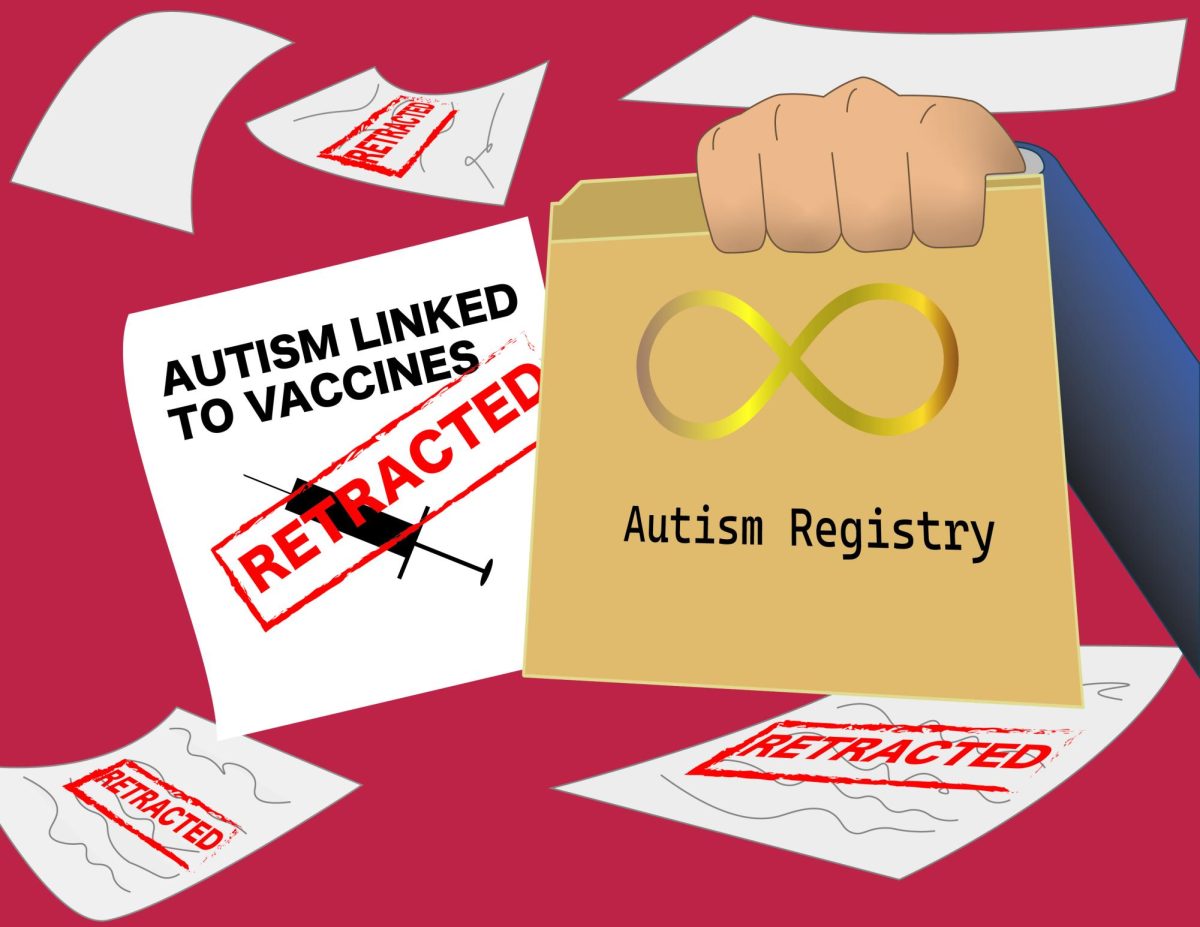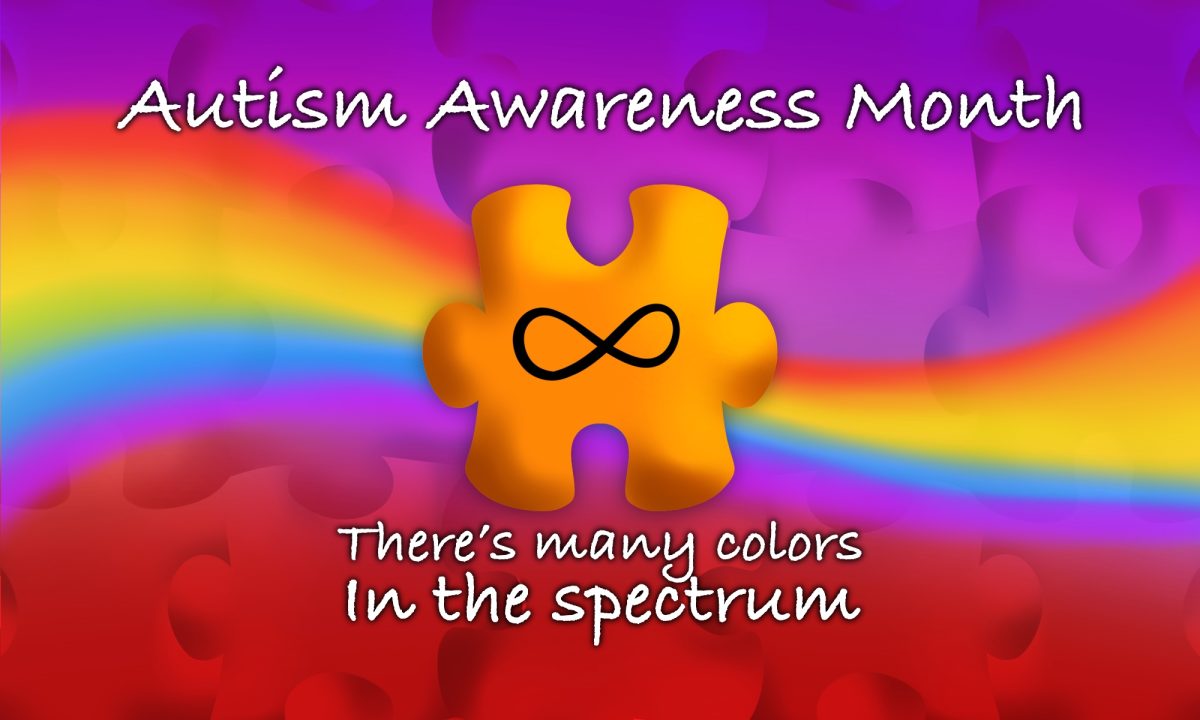The moon will cover the sun Aug. 21 in the first total solar eclipse to touch the continental U.S. since 1979. The eclipse will glide from Oregon to South Carolina, , passing through a total of nine states and casting a partial shadow over the rest of the nation.
Physics professor Saeed Ahmad said solar eclipses are rare and can be a once in a lifetime opportunity.
“If you see a totality in some region, the next time you will see it in the same region will take about 400 years,” Ahmad said.
The eclipse offers a chance to see things that would never be visible otherwise.
“We will not see it in Mesquite, but if you went to the path of the totality … you can see the stars during the day,” Ahmad said. “Weird things happen, like the animals go back to their barns, birds go back to their nests. They think it’s night.”
Eastfield will host a watch party from 11:40 a.m. to 2:39 p.m. between the F and G buildings. The height of the eclipse visible in Mesquite will be at 1:10 p.m.
— Compiled by James Hartley
Campus Events
Get in on the excitement early with a short presentation on the eclipse and special safety rules. Ahmad will give students a briefing on safety and the science of the eclipse at 11 a.m. in G-101.
From there, students will move outside and view the eclipse through telescopes designed for observing the sun. The Science, Technology, Engineering and Math Division will provide protective glasses.
Safety
Looking directly at the sun is a bad idea. Usually you wouldn’t have any reason to do it, but unless you want to be the only person in America who won’t experience the eclipse you may be considering breaking that rule.
You’ll want to get some solar eclipse glasses. There are a lot of inadequate solar glasses out there, but NASA has you covered with some tips.
Any glasses used to view the eclipse should have the ISO designation 12312-2 international standard and have the manufacturers’ name printed somewhere on them.
Don’t use any glasses that are more than three years old or have scratches or wrinkles in the lenses.
Definitely don’t use any homemade filters or ordinary sunglasses, no matter how dark they are.
Science
If you didn’t think science was cool before, you will after the eclipse.
During a solar eclipse, the moon moves in front of the sun and blocks its light, casting a shadow across the surface of the earth.
This gives scientists, and us regular people, the opportunity to see something that is otherwise difficult or impossible to see. In the path of the totality, planets and stars will be visible during the day.
“Looking at the stars, the way light bends from our sun, that can only be seen during a total eclipse,” Ahmad said. “If you are very, very lucky and a solar flare goes off during an eclipse, you will be able to see it.”
While we won’t get a total eclipse in Texas, the three-hour partial eclipse still gives plenty to see.
When the sun is about 80 percent eclipsed, some of the corona — the atmosphere of the sun — will be visible.
“Because the moon is right in front of the sun and the light is coming from behind from the sun, you can see the curves on the surface,” Ahmad said. “It’s not a smooth surface. You can see the mountains. You can see the curvy surface. Just like the earth, the moon has mountains and ridges.”
https://eastfieldnews.com/2017/08/14/nasa-warns-consumers-of-unsafe-eclipse-viewing-glasses/

